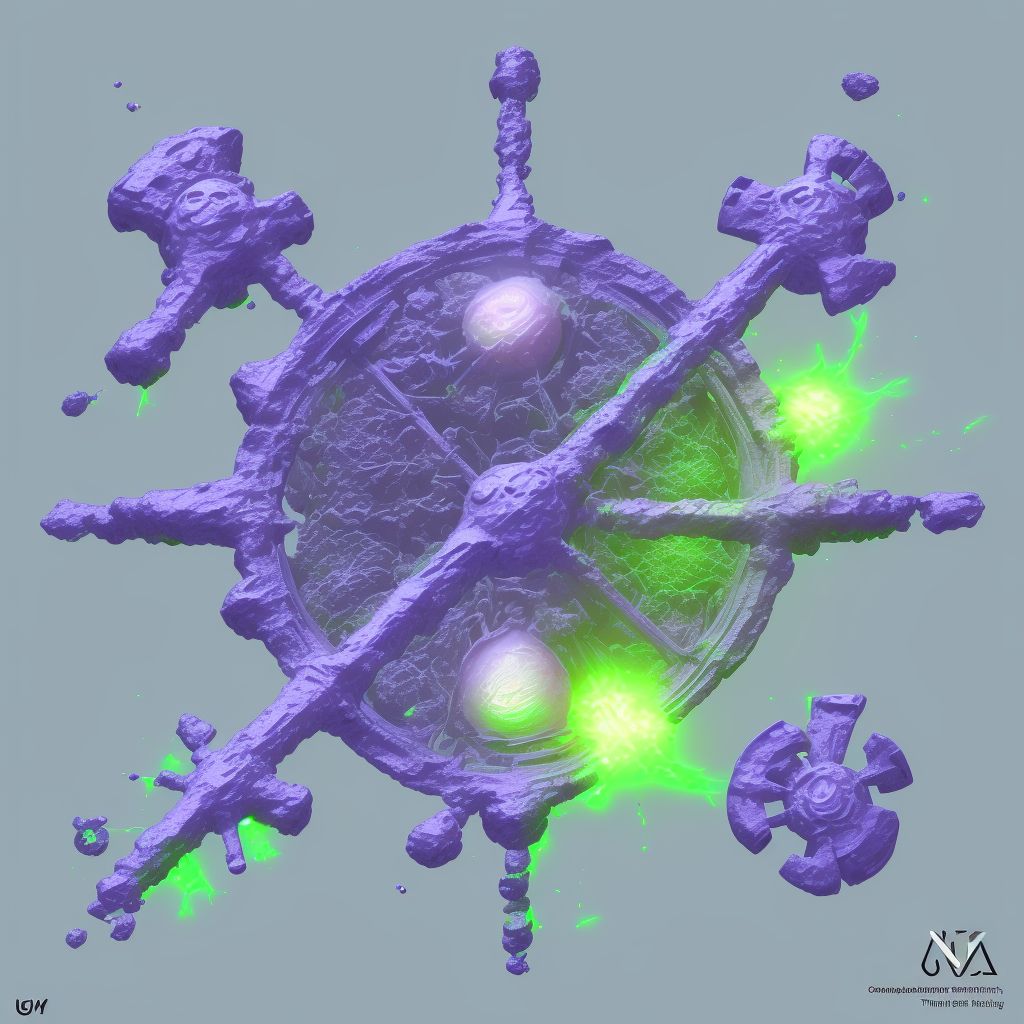
Displaced transverse fracture of shaft of unspecified fibula, subsequent encounter for open fracture type IIIA, IIIB, or IIIC with nonunion Save
ICD-10 code: S82.423N
Disease category: S82.423: Displaced transverse fracture of shaft of unspecified fibula
Displaced Transverse Fracture of Shaft of Unspecified Fibula: Understanding Nonunion
A displaced transverse fracture of the shaft of an unspecified fibula is a significant injury that can lead to complications. In some cases, individuals may experience a subsequent encounter for an open fracture type IIIA, IIIB, or IIIC with nonunion. Nonunion refers to the failure of a fracture to heal properly, resulting in persistent pain and limited functionality.
When a displaced transverse fracture occurs in the shaft of the fibula, it means that the bone has been fractured in a horizontal line, causing misalignment. This type of fracture can happen due to various reasons, such as trauma from accidents or falls. Immediate medical attention is crucial to ensure proper diagnosis and appropriate treatment.
During a subsequent encounter, the focus is on addressing the nonunion of the fracture. Nonunion can occur when the fractured bone fails to heal within the expected timeframe. This can be attributed to several factors, including poor blood supply, infection, inadequate immobilization, or excessive movement at the fracture site.
It is important to note that nonunion can significantly impact an individual's quality of life. Persistent pain, instability, and difficulty in performing daily activities are common symptoms experienced by patients. However, it is crucial to consult with a healthcare professional for a proper examination and diagnosis.
- Diagnosis: A thorough examination of the nonunion fracture is necessary to evaluate the severity and identify contributing factors.
- Imaging: X-rays, CT scans, or MRIs may be used to assess the extent of the nonunion and identify any underlying issues.
- Treatment: While this article does not cover treatment, it is important to mention that there are various approaches to address nonunion, including surgical intervention, bone grafting, and the use of growth factors.
Patients with a displaced transverse fracture of the shaft of an unspecified fibula and subsequent nonunion encounter should seek professional medical advice. Early intervention and proper treatment can help alleviate symptoms and promote healing, ultimately improving the patient's overall well-being.
Treatment of Displaced transverse fracture of shaft of unspecified fibula, subsequent encounter for open fracture type IIIA, IIIB, or IIIC with nonunion:
Treatment Options for Displaced Transverse Fracture of Shaft of Unspecified Fibula with Nonunion
When it comes to a displaced transverse fracture of the shaft of an unspecified fibula with nonunion, it is crucial to explore the available treatment options. Nonunion refers to a condition where a fracture fails to heal properly, leading to persistent pain and limited mobility. In suc...
To see full information about treatment please Sign up or Log in